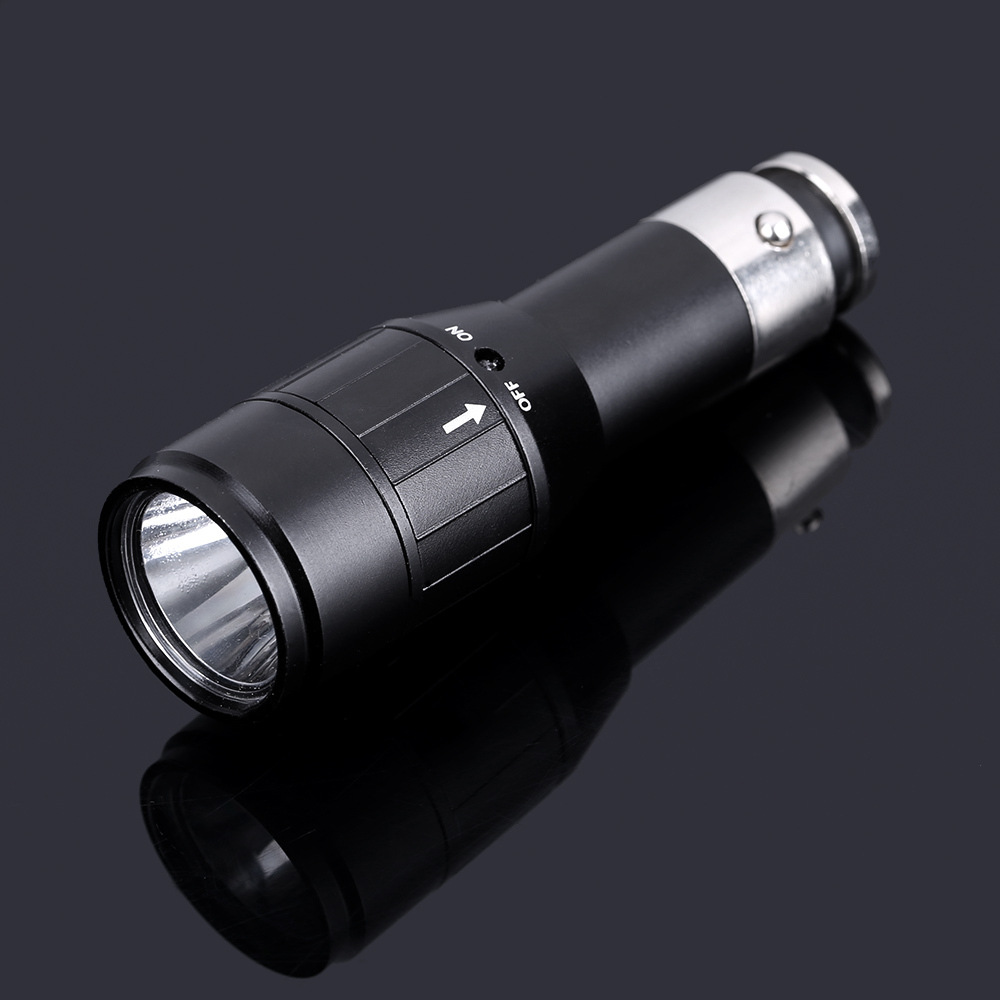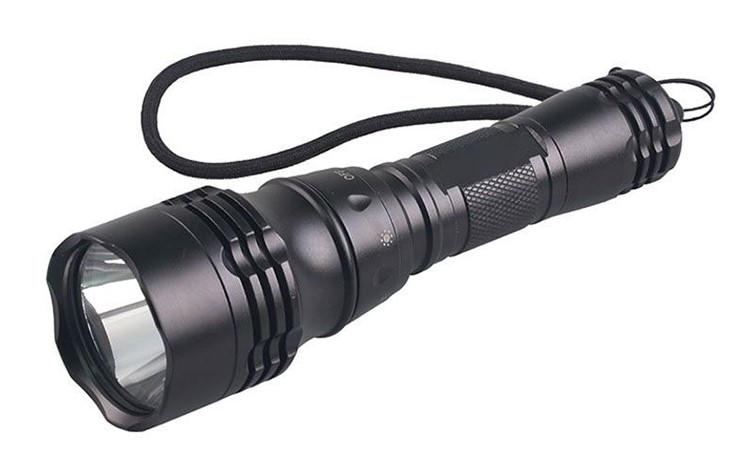As an outdoor person, how much do you know about flashlight light source?
I believe you are quite familiar with the topic of “how to choose outdoor light source”. After all, they are all outdoor people. They have a lot of experience in buying cans. Over time, they have their own set of standards: outdoor cans should be bright, light, strong endurance, three defense clearance, several brightness options, and USB direct charging is best
Brightness, endurance, weight, fall resistance and portability are the most obvious and well-known features of outdoor flashlight. Therefore, they are also the first consideration for many users when buying. They are just needed. Today, let’s talk about some essential but less well-known features of outdoor flashlight, such as CRI, color light and color temperature.
About CRI
CRI is the abbreviation of English color rendering index, which means color rendering index in Chinese. The rendering degree of the real color of the object by the light source becomes the color rendering of the light source. CRI is the quantification of color rendering. The color rendering index of standard light source (such as sunlight) is defined as 100, and the color rendering index of other light sources is lower than 100 The higher the color rendering, the closer the color rendering index value is to 100, the stronger the color restoration ability of the object, and the easier it is for the human eye to distinguish the color of the object, so the visual feeling is better.
Outdoors, the high brightness of the flashlight can judge the outline of the object, but the details and levels need to be supported by good color rendering. That is to say, if you want to see the outline of the object, you only need to look at an indicator of brightness. Whether it is a thermal light source with 100 color rendering or a monochromatic light without color rendering, the brightness is the same. If we want to judge the color, detail and level of the object, the 75 color rendering light source needs higher brightness to achieve the detail effect of 100 color rendering light source.
So what are the benefits of high color rendering light sources? Obviously, first of all, let people see things more clearly, which is especially useful outdoors. Because you can’t see clearly enough, sometimes it’s not only the problem of poor visual perception, but also may lead to danger. For example, because you can’t see clearly, you accidentally encounter poisonous insects, or you don’t notice snakes, you don’t see the pit in front of you, and you rush into the street for a moment, and so on. Some brands, such as Knight Cole, probably take this into account, so they provide the choice of CRI version with high color rendering in many product lines.
About color temperature
The principle of white LED is that the electron emits blue light through the chip, and then excites the phosphor to emit yellow light, which is mixed into white light. The color rendering of yellow light excited by phosphor is relatively high, while blue light is a monochromatic light. Therefore, to improve the color rendering, we must increase the proportion of yellow light.
From this point of view, the warmer the light color, the better the color rendering, and the more suitable for outdoor sports. In addition, the color temperature of warm color light is low, the wavelength is longer, the penetration is stronger in rainy and foggy weather, and the irradiation is longer. These characteristics jointly determine the need for warm color light LED for outdoor sports.
However, on the other hand, the efficiency of exciting fluorescence is relatively low. The total brightness of warm white LED will be lower, and the light color will appear dim and yellow, which will dye the irradiated object like a low-power incandescent lamp. Therefore, on the whole, it is more appropriate to choose medium white LED products in outdoor sports, which not only has good color rendering and penetration, but also avoids serious brightness reduction and dyeing.
Post time: Mar-23-2022
















